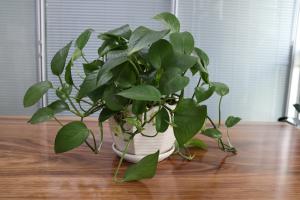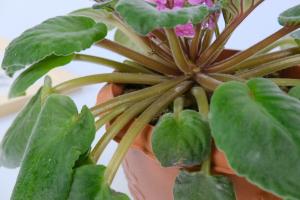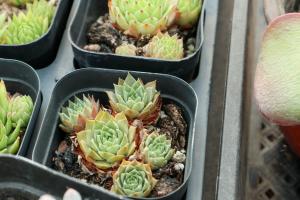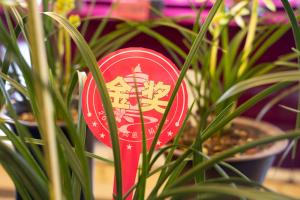Is Fireplace Ash Good for Plants?
Fireplace ash is a common byproduct of burning wood in a fireplace, wood stove, or fire pit. While most people view it as a messy waste product that needs to be cleaned up, others believe it can be a valuable resource for their gardens. But is fireplace ash really good for plants? Let's take a closer look.
The Composition of Fireplace Ash
Fireplace ash is composed of the inorganic materials left over after wood is burned. It typically contains 10-25% calcium, 1-3% potassium, and trace amounts of other minerals such as magnesium, phosphorus, and sodium. It also has a high pH level of 9-12, making it alkaline in nature.
The Benefits of Fireplace Ash for Plants
When applied in small amounts, fireplace ash can be beneficial for plants in several ways:
Provides nutrients: As mentioned earlier, fireplace ash contains essential minerals such as calcium and potassium that plants need for growth and development. These minerals can become depleted over time, so adding ash to the soil can help replenish them.
Improves soil structure: The alkaline nature of fireplace ash helps to neutralize acidic soils, which can improve soil structure and nutrient availability. It also helps to improve water penetration and retention in soils.
Acts as a natural pesticide: Wood ash contains compounds that are toxic to certain pests such as slugs and snails, making it a natural and effective pest control solution.
The Drawbacks of Fireplace Ash for Plants
Despite its benefits, fireplace ash can also have some drawbacks:
Alters pH levels: While the alkaline nature of fireplace ash can be beneficial for some plants and soils, it can be harmful for others. Acid-loving plants such as blueberries, azaleas, and rhododendrons can be negatively impacted by the high pH levels of ash, making it important to avoid using it near these plants.
Contains contaminants: If the wood being burned in the fireplace or stove contains treated or painted wood, it can release harmful contaminants into the ash. These contaminants can leach into the soil and harm plants, so it's important to only use ash from untreated wood.
Causes nutrient imbalances: Using too much fireplace ash can cause nutrient imbalances in the soil, leading to excessive amounts of certain minerals and deficiencies in others.
How to Use Fireplace Ash in Your Garden
If you decide to use fireplace ash in your garden, here are some tips to keep in mind:
Use small amounts: A little bit of ash goes a long way. Use no more than 5 pounds per 100 square feet of soil, and avoid using it near plants that prefer acidic soils.
Avoid using ash from treated or painted wood: This type of wood can contain harmful contaminants that can leach into the soil and harm plants.
Apply ash in the fall or winter: This will give it time to break down and integrate into the soil before planting season.
The Bottom Line
So, is fireplace ash good for plants? The answer is...it depends. If used in small amounts and with care, fireplace ash can provide valuable nutrients and improve soil structure for your plants. However, it's important to be aware of its drawbacks and to use it in moderation. And, as always, it's a good idea to consult with a gardening expert if you have any questions or concerns.

 how many times do yo...
how many times do yo... how many planted tre...
how many planted tre... how many pine trees ...
how many pine trees ... how many pecan trees...
how many pecan trees... how many plants comp...
how many plants comp... how many plants can ...
how many plants can ... how many plants and ...
how many plants and ... how many pepper plan...
how many pepper plan...

































